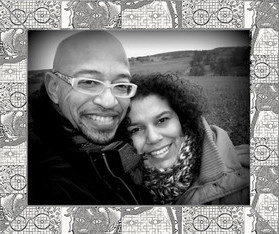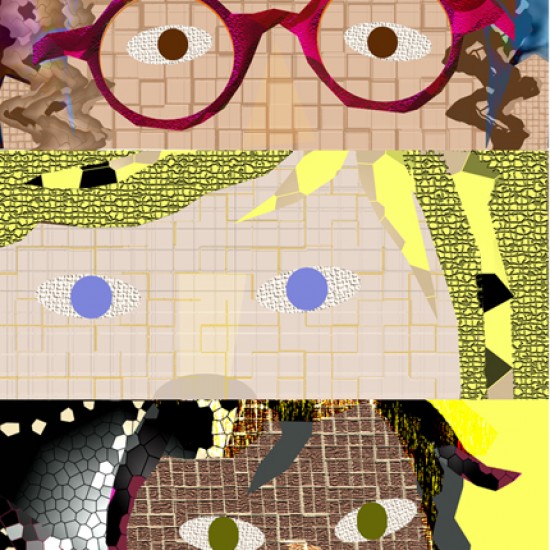“Remember how we always wanted to write a children’s book?” Elisabeth asked me one morning over coffee. “Let’s do it now, she said.” Our son had just moved into a college dorm, we were juggling two internet businesses, and even considering having a second child.
Although, I was born in Los Angeles, California, and Elisabeth, a world away, in Constance, Germany, we were amazed by how similar our experiences were. We were both of mixed racial heritage, our parents were both Muslim and Christian, we had both answered a long list of “interesting” questions regarding our ethnicity. We were drawn together in a very special way.
We met as students in college. Elisabeth studied Journalism, Photography, and Interactive Digital media at Cal State Hayward. I studied Political Economy of Industrial Societies, Sociology, and Poetry at U.C. Berkeley. Her passion for images and mine for writing presented an ideal combination. Our son was a powerful inspiration. We created 2 stories for him with hand drawn pictures when he was 3. We never seemed to have the time to pursue the idea until one morning over coffee, more than 20 years later. It is funny that our son received the first bound and printed version of a book we wrote for him as a young man.
“Race” has been an integral part of our lives. We are engaged in the effort of moving beyond the paradigm of “race” and into a more inclusive understanding of people as human beings. Our feeling is that the world is a colorful, diverse, and beautiful place. Our experiences as “people of color” or “mixed” or “black” or what-ever term you want to use is that these labels only represent a portion of who we are. Our humanity is a larger context and combination of emotion and unique intellectual development. We are living ideas and a unique historical context all in the same moment. Our biological, ethnographic, historical, and cultural inheritance is constantly juxtaposed to our ideological, moral, identity construct. Part of me believes that given the proper context, we are unlimited beautiful loving human beings capable of great empathy and compassion. I do not believe these beings are a sum total of the race construct that becomes fastened to the skin, fused with the mentality, or projected by cultural and institutional bias. People are simply who they are. They are beautiful brown, black, white, and so many hues in between.
There is beauty in difference. Talking about these differences in a positive and affirming way encourages healthy development in children; paving the way toward a world where mutual appreciation and acceptance is possible. Children that grow up without encountering other children that are different from themselves tend to be less prepared emotionally for the world in which we live. Conversely, children that do not encounter themselves in positive ways in literature or film tend to be at risk for developing low self-esteem. The idea that we should be “color-blind” tends to teach children that there is something wrong with color or being different. We wrote our book as a way to open children up to seeing themselves as part of a multi-cultural world where differences should be embraced and celebrated. Children of every hue should encounter each other in literature, film, and art in ways that are natural just as we encounter the same differences in nature. Our idea is that acknowledging these differences and encountering them is important and necessary for positive self-image and emotional development for children of every hue and nationality. After all, the world is Colorful, different, and the same…
 Temu and Elisabeth Diaab were inspired by love of their son to write children’s books. Writing has always been Temu’s passion and Elisabeth loves to tell stories with pictures. Their creative energy has developed naturally into artistic collaboration. Now they want to share their stories with children everywhere.
Temu and Elisabeth Diaab were inspired by love of their son to write children’s books. Writing has always been Temu’s passion and Elisabeth loves to tell stories with pictures. Their creative energy has developed naturally into artistic collaboration. Now they want to share their stories with children everywhere.
See more of their work at their website at http://diaab.de/en, and on Facebook

